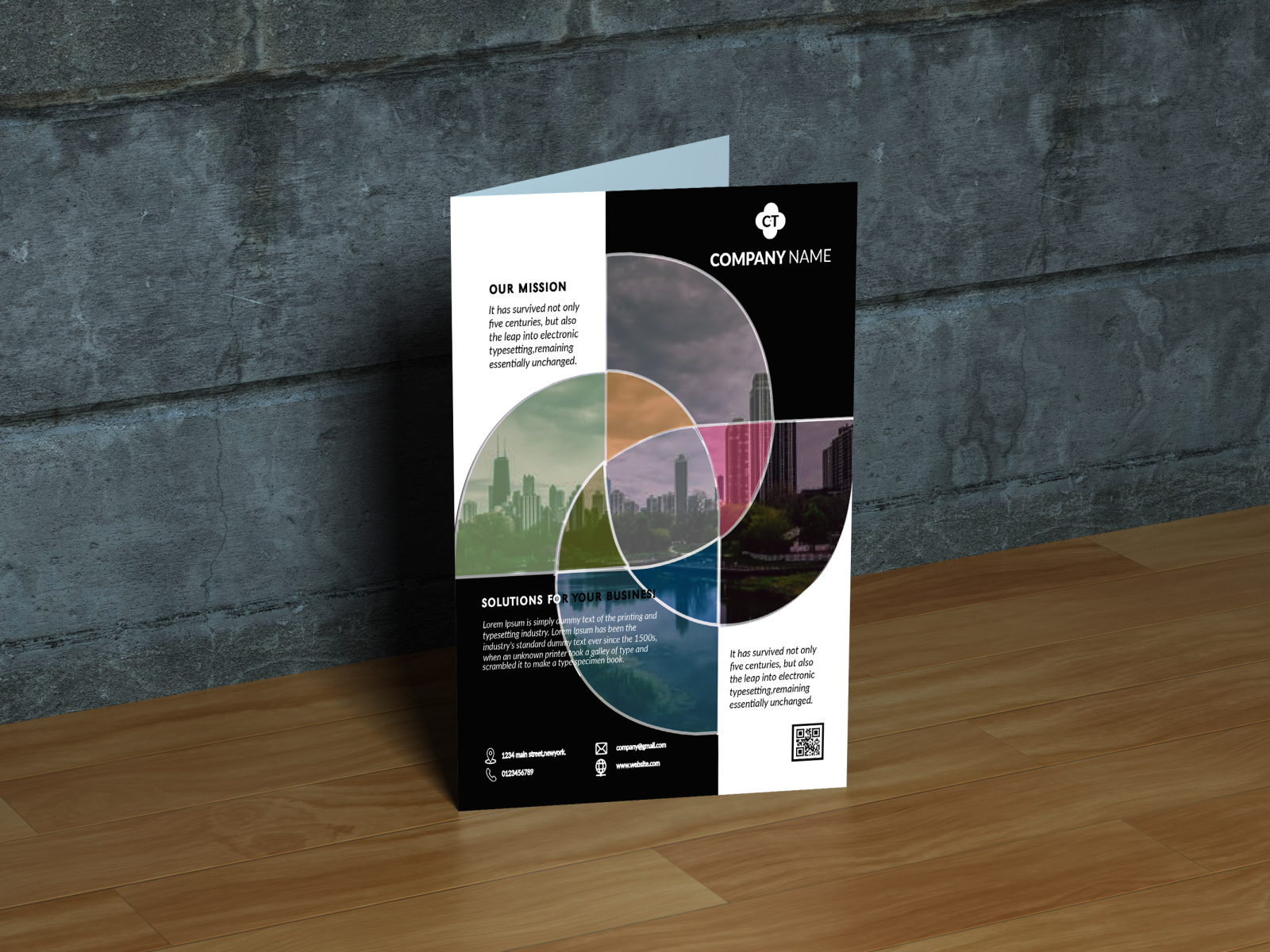
And be sure to test what it looks like on a few different phones or tablet devices. If your flyer will be distributed digitally, aim to include it in the body of an email instead of attaching it as a separate file that needs to be opened.
#What is the best adobe program for flyers pdf
And regardless of the printer you’ll be using, be sure to generate a high quality pdf to get the best quality print. Inkjet printers also have limitations and usually don’t print large blocks of color well, and can create streaks in your design. If you are creating your project in InDesign CC, you can set up a print bleed from the start. Many digital printers can’t print to bleed - where printing happens right up to the edge of the page - but instead require margins around the outside edges of the paper. Make your designs fit within the restrictions of the printer you will use. Keep in mind that these printers have limitations that don’t exist with high-end printers. Often, budget and speed requirements dictate flyers are printed on digital presses or even your office laser printer. It’s crucial to design your flyer for the medium and printing method you will be using. This will help your design feel unified and accessible. Also, limit use of different sizes and styles to what is really necessary. For example, you could pair a serif font (a font with “tails,” like Times New Roman) with a sans serif font (a font without “tails,” such as Arial), but not two serif fonts. If employing more than one typeface, be sure they aren’t too similar and have adequate visual contrast. Tap into a library of available fonts to make a selection, although most often one or two different typefaces will suffice. Limit your use of different type families and pay attention to how they can be consistent with your branding. Work with what you have, and strive for style compatibility.
#What is the best adobe program for flyers manual
Your brand may have a complete identity manual with guidelines for every aspect of the design, or you may only have a logo or website to align your design with. These flyers demonstrate brand consistency through the color palette, illustration style, and typeface. Be consistent with style elements like color, typography, and the look and feel of images you include. Remember that your flyer is a very visible reflection of your brand. Simplifying your design with white space, like these flyers do, calls readers’ attention to your most important information.

Simplify your design layout with white space - blank space with no design or text - to call attention to the additional details the reader needs to know. Once you have your reader’s attention, be sure the rest of the content leads the viewer to the action you want them to take. One way to minimize the amount of information you need to include is to focus on the most pertinent details and then provide a web or social media address that allows the reader to retrieve more information if they are interested and when it’s convenient. This beautifully designed but simple flyer catches the eye with a bold headline and then shares just the important details. A poorly-designed flyer is crammed with information that competes for attention, leaving the viewer unsure of where to look first - and resulting in viewers tuning out completely. Because you shouldn’t plan on viewers taking too much time to read your flyer, you need to decide how you will grab their attention and make your main message the most visually prominent part of your design. Then establish your hierarchy by organizing your content into levels of importance - what the reader should see first, second, and third. Think about your message and determine what is most important to communicate. The basic principles of design apply just as much to flyers as any other project, and a well-designed flyer provides an opportunity to stand out.

Create them with the same care and attention to quality and effectiveness as any other marketing piece you create - and always remember to reflect your overall brand. However, flyers are great for mass distribution of specific and time-sensitive information. You may think flyers are old-school marketing materials heavy on utility and light on style.


 0 kommentar(er)
0 kommentar(er)
